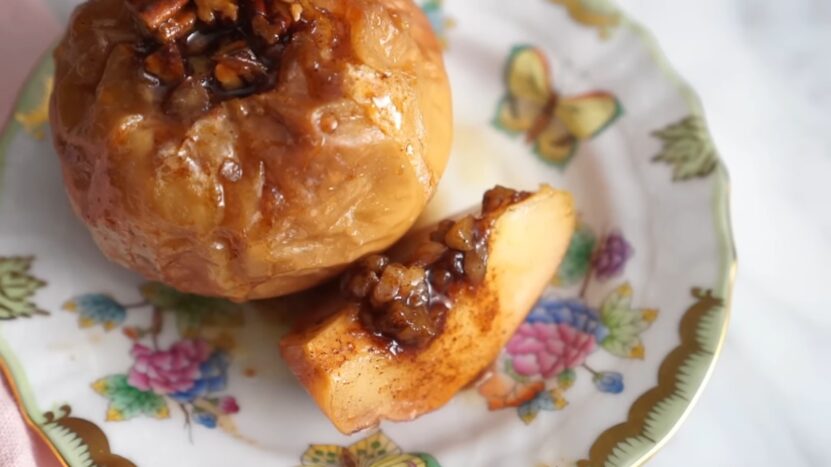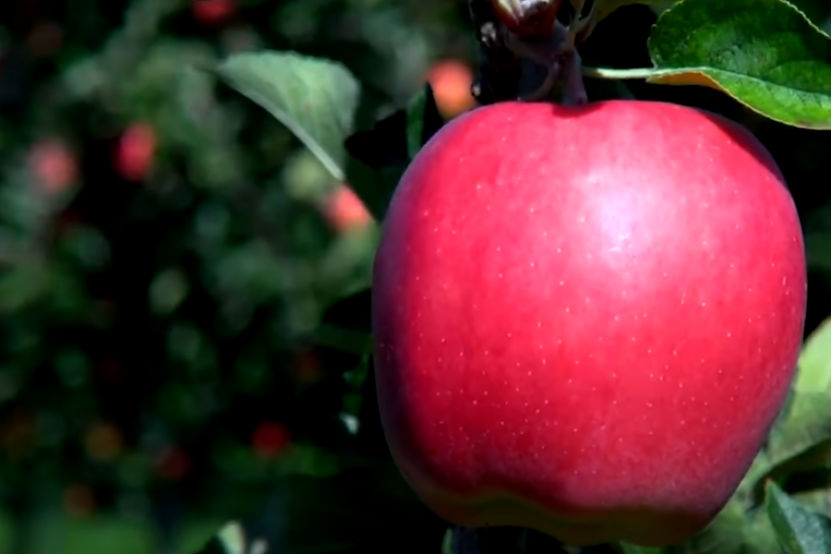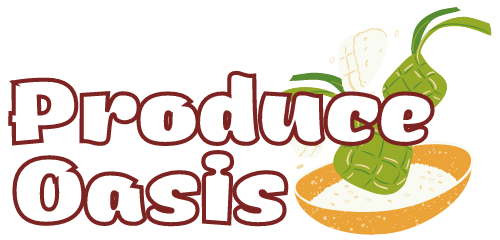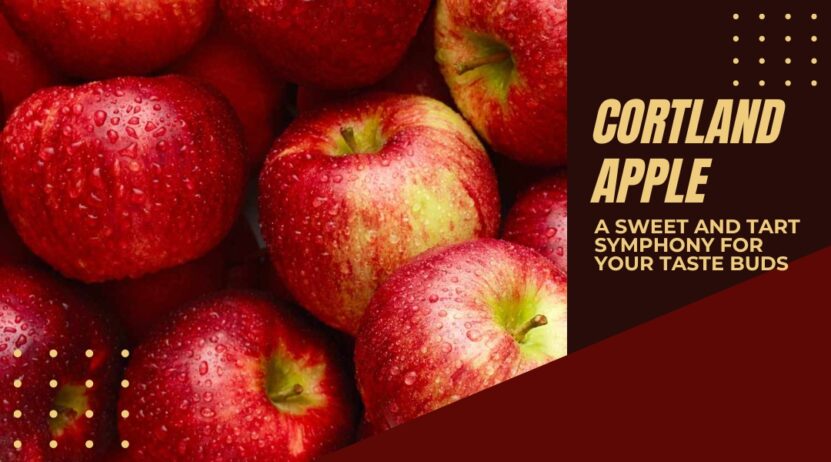Usage:

Cortland apples are incredibly versatile and can be enjoyed in various culinary applications. They are excellent for eating as a fresh, crispy snack, adding a delightful burst of flavor to your day. The Cortland variety is particularly well-suited for salads, as its slightly tart flavor complements a variety of greens and other ingredients. They also make a perfect choice for making applesauce, as their tender texture easily breaks down when cooked.
When it comes to baking, Cortland apples hold their shape well and release just the right amount of juice, making them ideal for pies, tarts, and other baked goods. Their snow-white flesh is a unique feature that makes them a preferred choice for kabobs, fruit plates, and garnishes, as they do not brown quickly when cut, maintaining their appealing appearance.
In addition to their culinary applications, They are also a fantastic choice for juicing. Their juicy tendency and slightly tart flavor create a refreshing and flavorful juice. Whether enjoyed on its own or mixed with other fruits and vegetables, Cortland apple juice is a healthy and invigorating option.
Selection:

When selecting good-quality ones, pay attention to a few key factors. Look for apples that are firm, with smooth and clean skin. The color should be predominantly red, with some yellow blush and occasional green streaks, indicating the characteristic appearance of them. Test the firmness of the apple by holding it in the palm of your hand without pushing with your thumb. A good-quality Cortland apple should feel solid and heavy, rather than soft and light.
Avoid ones with soft or dark spots, as these may indicate damage or decreased freshness. If the apple skin wrinkles when you rub your thumb across it, it suggests that the apple has been in cold storage for an extended period or has not been stored properly.
Storage:
To maximize the shelf life of them, it is best to keep them as cold as possible in the refrigerator. While they do not freeze until the temperature drops to 28.5°F, refrigeration helps maintain their crispness and flavor for a longer period. Store in the crisper drawer or in a perforated plastic bag to maintain humidity while allowing for air circulation.
Ripening:
It’s important to note that apples do not ripen further after being picked. However, some, including Cortland, may convert their starches into sugar over time, a process known as “curing.” To achieve optimal curing, it is recommended to store the fruit in the refrigerator rather than leaving it at room temperature. This helps maintain the quality and flavor of the ones while allowing the natural conversion of starches into sugars to occur gradually.
By understanding how to properly select, store, and ripen Cortland apples, you can enjoy their fresh, tart flavor and versatile nature in various culinary creations. Whether you prefer them fresh, in salads, for baking, or in juice form, they offer a delectable and refreshing experience for apple lovers.
Nutritional Information
Cortland apples, like other varieties, are not only delicious but also provide several health benefits. Here’s a closer look at the nutritional profile :
Low in Saturated Fat, Cholesterol, and Sodium: They are naturally low in saturated fat, cholesterol, and sodium, making them a heart-healthy choice. Incorporating apples into your diet can help support cardiovascular health and overall well-being.
Good Source of Dietary Fiber: Cortland apples are a good source of dietary fiber, which plays a vital role in maintaining a healthy digestive system. Fiber helps promote regular bowel movements, aids in satiety, and supports overall digestive health.
Tips & Trivia
- Rub cut with lemon juice to keep slices and wedges creamy white for hours.
- Store in a plastic bag in the refrigerator away from strong-odored foods such as cabbage or onions to prevent flavor transfer.
- Apples are the second most important of all fruits sold in the supermarket, ranking next to bananas. Tens of thousands of varieties of apples are grown worldwide.
- The history of apple consumption dates from Stone Age cultivation in areas we now know as Austria and Switzerland. In ancient Greece, tossing an apple to a girl was a traditional proposal of marriage; catching it was acceptance.
- Folk hero Johnny Appleseed (John Chapman) did indeed spread the cultivation of apples in the United States. He knew enough about apples, however, so that he did not distribute seeds, because apples do not grow true from seeds. Instead, he established nurseries in Pennsylvania and Ohio.

